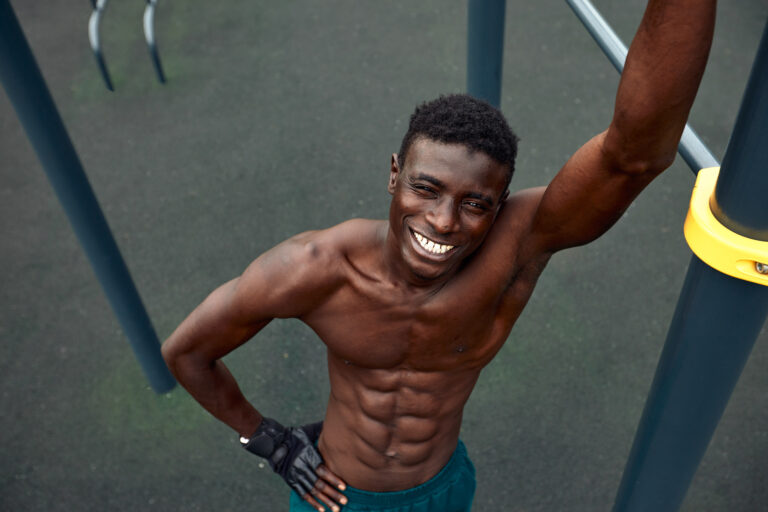What are the Head Muscles?
The head muscles play a crucial role not only in the physical mechanics of the human body but also in expressing emotions and facilitating essential functions like eating and seeing. This article provides a detailed exploration of these muscles, discussing their anatomy, physiology, development, and the common disorders that can affect them, as well as the impact of exercise and lifestyle choices on their health.
Anatomy of Head Muscles
The head muscles are complex and varied, supporting a range of crucial functions from facial expression to mastication. The facial muscles, such as the orbicularis oris and zygomaticus major, are integral for communication through expressions. These muscles allow us to smile, frown, and show other emotions. Similarly, the masticatory muscles including the masseter and temporalis are vital for chewing and speaking.
The extraocular muscles are responsible for moving the eyes in various directions, enabling us to focus and observe our surroundings efficiently. These muscles include the superior, inferior, lateral, and medial rectus muscles, along with the superior and inferior oblique muscles.
Surrounding the ears, the auricular muscles, though less prominent in humans than in other animals, assist in slight movements of the ear. The scalp muscles, primarily the occipitofrontalis, help in raising the eyebrows and wrinkling the forehead, playing a part in non-verbal communication.
Head and Neck Muscles
- Frontalis
- Temporalis
- Masseter
- Orbicularis oculi
- Orbicularis oris
- Buccinator
- Sternocleidomastoid
- Scalenes (Anterior, Middle, Posterior)
- Platysma
- Levator scapulae
- Trapezius (upper fibers)
Physiology of Head Muscles
Head muscles consist of different types of muscle fibers that affect their function and efficiency. Fast-twitch fibers in the facial muscles allow for quick but brief contractions necessary for subtle and rapid facial expressions, whereas slow-twitch fibers support sustained, forceful contractions needed for chewing.
The neural control of these muscles is intricate, involving both voluntary and involuntary nervous inputs. Facial expressions can be consciously controlled but often occur reflexively in response to emotions. The masticatory muscles are primarily controlled by the trigeminal nerve, which is critical for their coordinated activity during eating.
Blood supply to these muscles is equally important. Adequate blood flow ensures that muscles receive the necessary nutrients and oxygen, particularly during sustained activities like eating. The facial artery, a branch of the external carotid, is a major supplier to many of these muscles.
Development and Growth of Head Muscles
The head muscles begin their development early in embryonic stages, forming from the mesoderm. As the fetus grows, these muscles differentiate into the complex structures that perform various functions. After birth, the growth of these muscles continues rapidly, adapting as a child learns to control facial expressions and chew food.
As we age, the tone and functionality of the head muscles can decline, leading to issues such as decreased muscle strength and flexibility. This is why maintaining muscle health through proper nutrition and exercise is vital throughout life.
Common Disorders and Treatments
Disorders of the head muscles can significantly impact quality of life. Conditions like temporomandibular joint (TMJ) disorders affect the masticatory muscles, causing pain and functional problems. Bell’s Palsy is another common condition where sudden weakness in the facial muscles occurs, often resulting from nerve inflammation.
Treatment of these disorders varies from physical therapies that help in strengthening and improving muscle function, to surgical interventions in severe cases. Regular exercise and proper ergonomic practices can also prevent or alleviate symptoms of these muscle disorders.
Impact of Exercise and Lifestyle on Head Muscles
Regular exercise can significantly benefit the head muscles. Activities that involve facial expressions and chewing like speaking or eating tough foods can help maintain muscle tone and function. Conversely, poor lifestyle choices such as inadequate nutrition or high stress can detrimentally affect these muscles, leading to weakened muscle function and other health issues.
It is important for individuals to be mindful of their overall health and lifestyle habits to ensure their head muscles remain healthy and functional. A balanced diet rich in nutrients, regular physical activity, and managing stress levels are all crucial steps to maintain the health of head muscles.
Key Takeaways
Understanding the structure, function, and care of head muscles is essential for maintaining their health and functionality. Through detailed knowledge of their anatomy and physiology, individuals can better manage their muscle health, preventing disorders and maintaining proper function through practical exercises and lifestyle choices. This knowledge empowers individuals to actively participate in maintaining their health, leading to a better quality of life.









